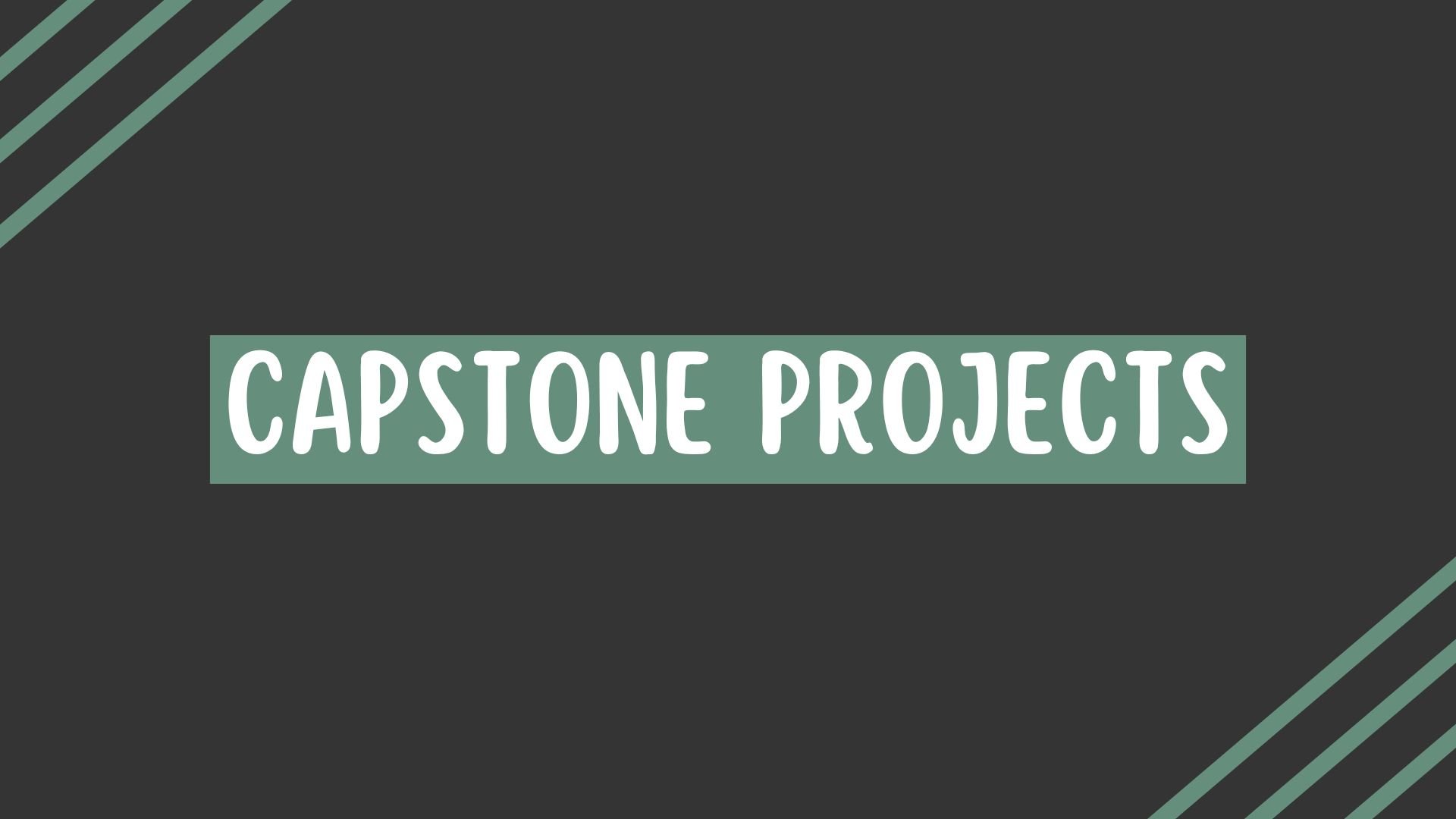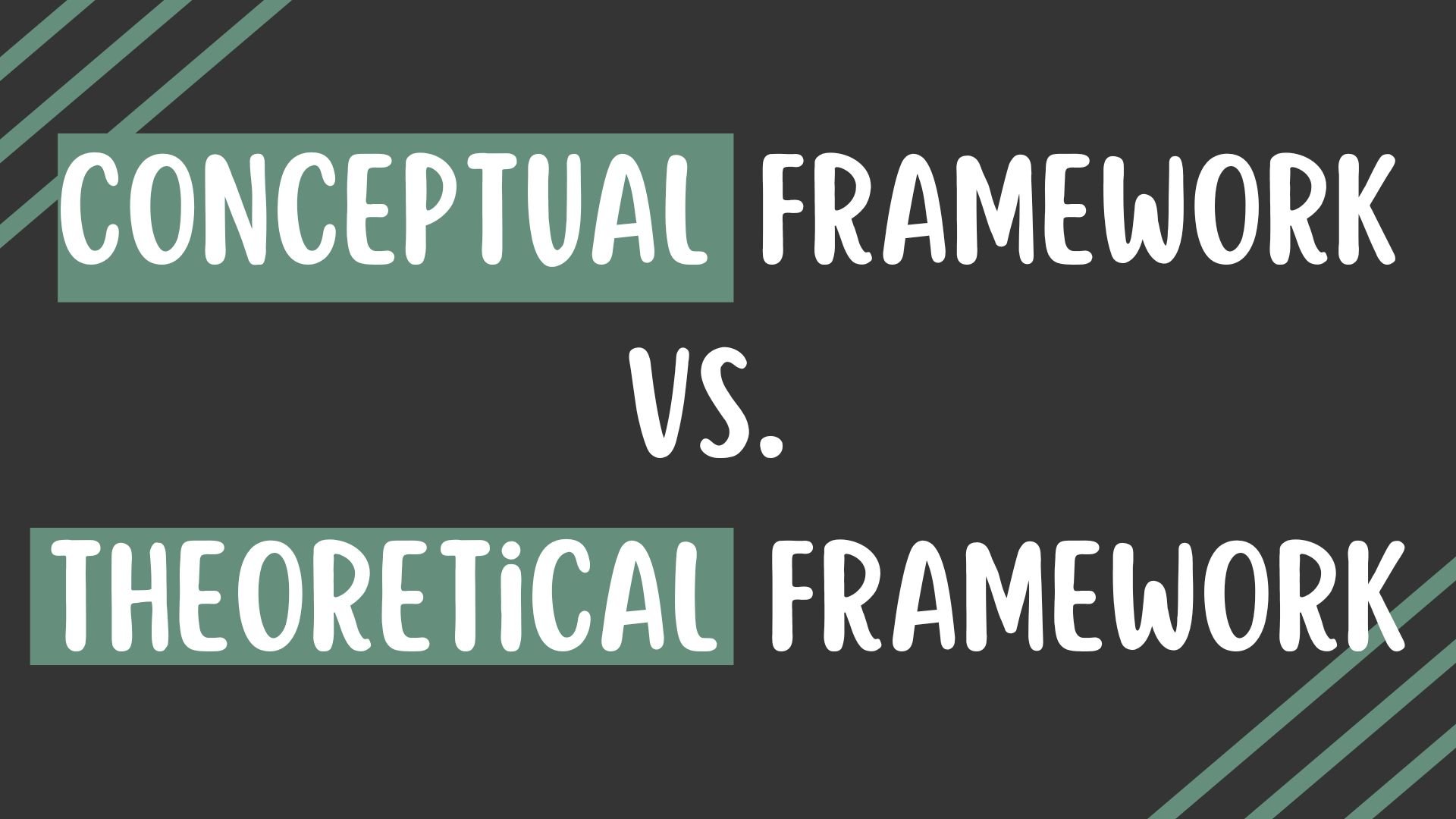

Composition Writing 101: Definition, Types, and Examples
- August 22, 2024
Dr. Marvin L. Smith
As a student, you’ve probably written essays, reports, and stories. But did you know that you were practicing composition writing ? So, what is composition writing?
In simple terms, composition is about putting words, sentences, and paragraphs together. This helps create a clear and meaningful piece of writing. When you write, you want to use language in a way that makes sense to your readers. You want to convey your ideas and thoughts effectively.
Composition writing includes many types of writing, such as essays, stories, and reports. It also includes the techniques you use to write each type of writing well.
Table of Contents
What is composition writing?
Composition writing is a type of writing that involves creating a piece of text that is well-organized, clear, and effective. It’s like building a house with words. Just as a builder uses bricks, mortar, and a plan to construct a house, a writer uses words, sentences, and a structure to create a composition.
When you write a composition, you’re not just putting words on paper; you’re creating a message that you want to convey to your readers. You’re trying to tell them something, persuade them, or entertain them. To do this, you need to think carefully about what you want to say, how you want to say it, and who you’re saying it to.
A good composition has several key elements:
- A clear topic or main idea
- A logical structure that makes sense to the reader
- Well-organized paragraphs that flow smoothly from one to the next
- Effective use of language to convey meaning and tone
- A strong conclusion that summarizes the main points
Four modes of composition writing
When it comes to composition writing, there are four main types of composition writing . Each mode has its own unique purpose and style. Let’s explore these four modes and see how they can help you become a more effective writer.
Description
Descriptive writing is like painting a picture with words. When you write a descriptive composition, you’re trying to create a vivid image in the reader’s mind. You might describe a person, a place, an object, or an experience. Your goal is to use sensory details like sights, sounds, smells, tastes, and textures to bring your description to life.
For example, if you were describing a beautiful beach, you might write:
“The warm sand felt soft between my toes as I walked along the shore. The sound of the waves crashing against the rocks was soothing, and the smell of saltwater filled the air. The sun was setting, casting a golden glow over the entire scene.”
Expository writing is like explaining or describing a topic. When you write an expository composition, you’re trying to inform or explain something to the reader. You might write about a historical event, a scientific concept, or a social issue. Your goal is to provide clear and concise information that helps the reader understand the topic.
For example, if you were writing about the water cycle, you might explain:
“The water cycle is the process by which water moves from the Earth to the atmosphere and back again. It’s an important process that helps our planet stay healthy and full of life. The water cycle involves evaporation, condensation, and precipitation, and it’s essential for our daily lives.”
Narrative writing is like telling a story. When you write a narrative composition, you’re trying to engage the reader in a sequence of events. You might write about a personal experience, a fictional story, or a historical event. Your goal is to use descriptive language and vivid details to bring the story to life.
For example, if you were writing about a memorable vacation, you might write:
“I’ll never forget the time I went to the mountains with my family. We spent our days hiking and exploring, and our nights sitting around the campfire, telling stories and making s’mores. One day, we hiked to the top of a beautiful waterfall, and the view was breathtaking.”
Argumentation
Argumentative writing is like making a case or persuading someone to agree with you. When you write an argumentative composition, you’re trying to convince the reader of a particular point of view or opinion. You might write about a social issue, a political topic, or a personal belief. Your goal is to use evidence, logic, and persuasive language to make a strong argument.
For example, if you were writing about why recycling is important, you might argue:
“Recycling is essential for our planet’s survival. Not only does it help conserve natural resources, but it also reduces waste and pollution. By recycling, we can make a significant impact on the environment and create a better future for ourselves and future generations.”
When do you write a composition?
You might be asked to write a composition in school as part of an assignment or project. This could be for any subject, like English, history, or science. Your teacher might want you to write about a book you read, a historical event, or a personal experience.
You might also write a composition for a test or exam. This is a chance to show what you know about a topic and how well you can write. Some colleges and universities even require compositions as part of the application process. This could be a personal statement or an essay about your goals.
Your teacher might ask you to write a composition when the assignment doesn’t fit into a specific category, like an essay or a report, but still requires you to use academic writing skills to express your thoughts and ideas in a clear and organized way.
Outside of school, you might write compositions for work or personal projects. This could be a report, proposal, or memo for your job, or a blog post or letter to a friend. You might even write compositions just for fun, to express yourself and tap into your creativity. Whatever the reason, writing a composition can help you communicate effectively and achieve your goals.
Ready to transform your writing experience?
Sign up for Blainy today and start writing your papers with confidence!
How to write a composition in 4 simple steps
Writing a composition can seem like a daunting task, but it’s actually quite straightforward. By following these four simple steps, you can create a well-written composition that effectively communicates your ideas.
Step 1: Brainstorm
The first step in writing composition is to brainstorm. This means thinking about the topic or question you want to write about and coming up with ideas.
Ask yourself:
- What do I want to say about this topic?
- What are my main points?
- What examples or evidence can I use to support my ideas?
Take a few minutes to jot down your ideas, even if they seem silly or random. This will help you get your thoughts flowing and give you a starting point for your composition.
Step 2: Create an Outline
Once you have a list of ideas, it’s time to create an outline. An outline is like a roadmap for your composition. It helps you organize your ideas and structure your writing.
- Start by writing down your main topic or question
- Break down your topic into smaller points or subtopics
- Arrange your points in a logical order
For example, if you’re writing about your favorite hobby, your outline might look like this:
I. Introduction
- Introduce my hobby
- Explain why I enjoy it
II. Benefits of my hobby
- Physical benefits
- Mental benefits
III. Conclusion
- Summarize my main points
- Encourage others to try my hobby
Step 3: Write the First Draft
Now it’s time to start writing your composition. Don’t worry too much about grammar , spelling, or punctuation at this stage. Just focus on getting your ideas down on paper.
- Start with a strong introduction that grabs the reader’s attention
- Use your outline to guide your writing
- Write in paragraphs, using transition words and phrases to connect your ideas
Remember, your first draft won’t be perfect. That’s okay! You can always revise and improve it later.

Step 4: Edit & Proofread
The final step is to edit and proofread your composition. This is where you review your writing for errors and make sure it’s the best it can be.
- Read your composition out loud to catch any awkward phrasing or unclear sentences
- Check for grammar, spelling, and punctuation errors
- Make sure your writing is clear, concise, and engaging
By following these four step writing process, you can write a composition that effectively communicates your ideas and showcases your writing skills.
Happy writing!
Frequently asked questions about composition writing
What is composition.
Composition is a type of writing that expresses your thoughts, ideas, and opinions on a particular topic. It’s a way to communicate your ideas in a clear and organized manner.
What are the main types of composition?
There are four main types of composition: Description, Exposition, Narration, and Argumentation. Each type has its own unique purpose and style.
How is composition writing structured?
Composition writing typically includes an introduction, body paragraphs, and a conclusion. The introduction introduces the topic, the body paragraphs provide supporting details, and the conclusion summarizes the main points.
About the Author:
Leave a comment cancel reply.
You must be logged in to post a comment.

The Significance of Research: Why It Matters

What is a Position Paper? Definition, Purpose & Examples

How to Write a Biographical Essay?

Capstone Projects 101: Definition, Purpose, and More

How to Rephrase a Thesis Statement in 4 Easy Steps

Conceptual Framework vs. Theoretical Framework

Unlock effortless writing excellence with the world's #1 AI-powered essay and research paper writer. Experience instant research paper perfection and elevate your writing to the next level.
Limited time offers 🎁🎉.
Black Friday Sale
Cyber Monday Sale
Discover More
50+ Free AI Tools
Terms & Condition
Privacy Policy
✉ [email protected]
✆ +971 50 760 0820
📍190 Hackett Inlet, Eastern Region, Dubai, UAE.
Copyright © 2024 Blainy

IMAGES
VIDEO